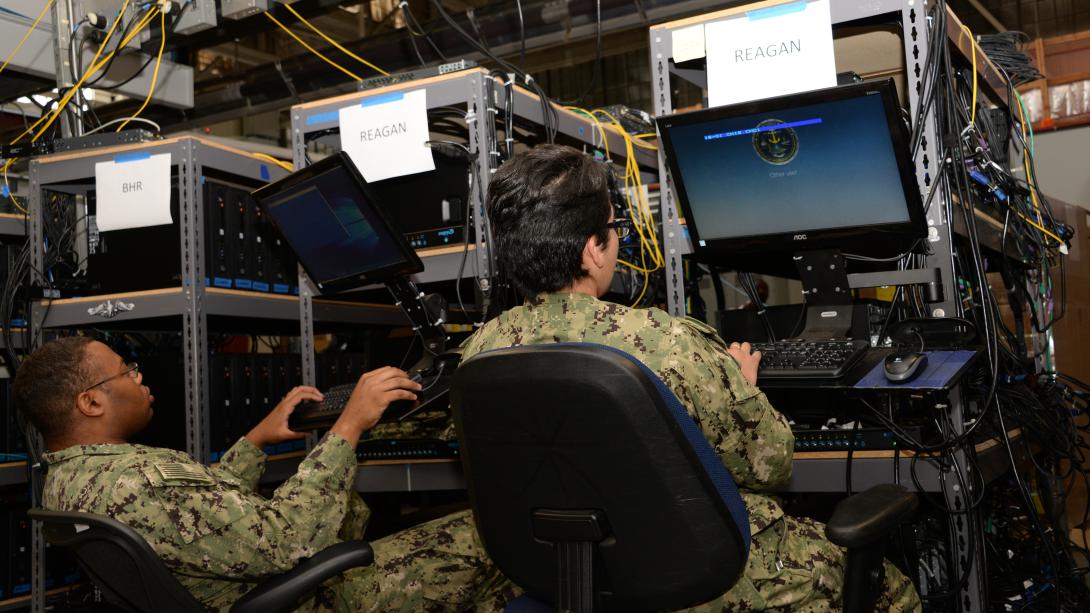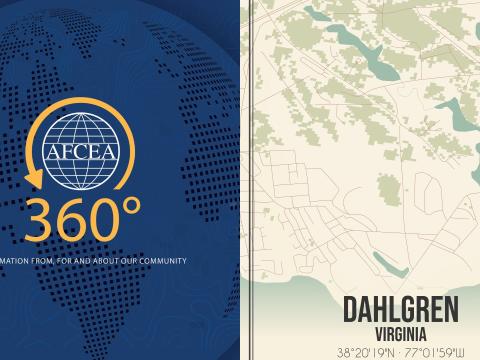Faster, Better, Cheaper
Technology development by the Department of the Navy is under a PEO that evaluates demands, ensures compliance and applies business standards for effective and streamlined innovation.
The creation of this office started with an acquisition between two companies.
“The intranet was the biggest network in the Navy and, for a long time, it was basically one company,” said Justin Fanelli, technical director of the Program Executive Office Digital and Enterprise Services (PEO Digital).
Fanelli spoke about a supplier that managed the Navy’s largest network for decades. As part of a normal business move it was acquired and refocused its business.
After the purchase, Fanelli explained there was concern: “They said, ‘Hey, this is too big to award to someone else.’”
While there are around 230 networks in the Department of the Navy (DON), this specific one was the largest and this PEO was created to update and continue delivering services, integrating personnel from the Navy and the Marines, Fanelli detailed.
At the time, the thinking of not placing all the eggs in one basket was lauded by the DON. “Multiple contracts foster competition amongst bidders in price and services delivered while allowing the DON to leverage best-in-class service providers through various contract segments,” said then-Capt. Ben McNeal, program manager for the Naval Enterprise Networks Program Office in a 2019 release.
Nevertheless, other missions were added around Enterprise Resource Planning (ERP), according to the PEO Digital website, with software and technology to manage business processes.
Keeping to lean business procedures means that if a solution can be obtained from a product that is already in the market, it should be procured that way, according to Fanelli.
If that is not possible, the in-house development is the last resort.
The PEO would step in only “if we have a mission-critical need that cannot be satisfied elsewhere,” Fanelli told SIGNAL Magazine.
“Almost everything we're doing is integrating and figuring out, as opposed to creating; but the one big shift is that we're doing platforms now,” Fanelli said.

Almost everything we're doing is integrating and figuring out, as opposed to creating
During all production processes, development, security and operations procedures are included from the outset, as part of a set of best practices now common in Department of Defense technology adoption, according to Fanelli.
“The capabilities and network services acquired … will transform the working environment for Navy and Marine Corps users by providing additional flexibility, enabling cloud capabilities and allowing the DON to operate, maintain and protect critical operational and business platforms,” said Ruth Youngs Lew, then-PEO for Enterprise Information Systems when management contracts were awarded to suppliers in a release in 2020.
These developments follow a series of initiatives to streamline operations including the Enterprise Information Systems PEO started in 2017 with the “sprint” process, a method to roll out contract documents more frequently and harness industry feedback on the front end, while incorporating the needs of end users.




Comments